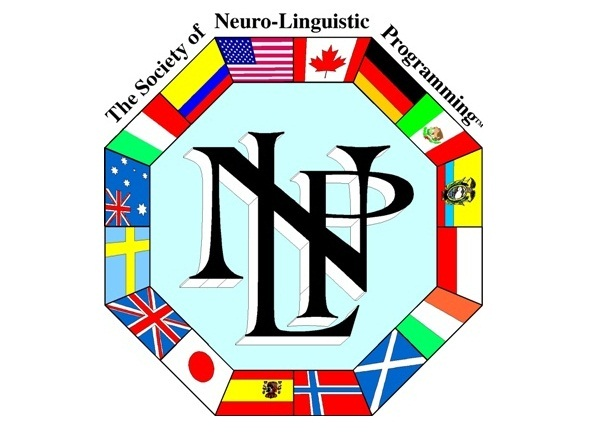In Defense of NLP
I’d like to say a few words in defense of Neuro-Linguistic Programming (NLP). I think it needs it. I’m not surprised by the negative attitude toward NLP, which, while less common each year, still exists. After all, people often rely on others’ opinions rather than their own knowledge. But it saddens me that useful approaches and techniques are dismissed based on unverified rumors from who knows where.
People say NLP isn’t safe. But is gas or electricity safe? Are cars safe? Kitchen knives? Is love safe? How about skiing? Jungle travel? Everything that truly works, everything that brings pleasure, carries some risk. NLP is no exception. So, what’s better: sitting in the dark or learning how to use electrical appliances?
But I want to talk about something else. I want to try to simply explain what Neuro-Linguistic Programming is. If you’ve never attended an NLP training, this should clarify things for you. Even if you have, there’s no guarantee it was explained well, since the quality of NLP education keeps dropping as demand rises. And demand is growing — I assure you, it will continue to grow.
This is another reason to leave childish fears behind and start learning, especially if your work involves communication. I believe that soon, it will be as hard to get by without the knowledge NLP provides as it is without a cell phone or the internet. Those things once seemed unsafe too, didn’t they?
How NLP Differs from Other Approaches
What sets NLP apart from other approaches? The main thing is its focus on what’s real and observable. NLP works with what “is.” For example, the Ego and Super-Ego of psychoanalysis are metaphors — you won’t find them in the human body, not even intuitively. They’re brilliant, but still just Freud’s constructs. The same goes for Jung’s archetypes or Berne’s Parent-Adult-Child model. These are metaphors for things whose existence can be debated endlessly. Sometimes these metaphors work, yes. But NLP offers something more concrete.
Submodalities
- Perceptual Channels: It’s hard to deny that we have channels of perception. We see, hear, and smell — these are given to us through sensory experience.
- Experience in Modalities: It’s easy to see that all our experiences are represented in these channels (modalities). Whatever we think about, it’s an image and/or sounds and/or sensations, etc.
- Parameters of Images: Any image has parameters. If you imagine a teapot, on your “inner screen” it will have a certain color, position, size, volume, and so on. If it’s a whistling teapot, the sound has a certain volume, timbre, spatial location, etc.
These parameters are what NLP calls submodalities. That’s the first key point.
The second is that a particular set of submodalities determines our attitude toward an experience. For example, a pleasant and motivating image will have certain characteristics (close, large, bright, clear…), while an uninteresting image will have others (distant, dull, blurry…). People have different preferences for coding experiences, but there are common patterns. Take sensations: a feeling of lightness in the limbs and a sense of “air” in the chest is linked to one class of experiences, while tightness and pain in the solar plexus is linked to another.
What Does NLP Do?
What does NLP do with its main techniques? It simply changes submodalities. It colors in boring images, brings them closer, enlarges them, making them more motivating. Or it distances annoying and intrusive images, changes the nature and location of sensations, adds pleasantness to sounds — and the person feels relief.
By the way, any psychological approach does the same thing, but indirectly, almost by chance. NLP works more precisely, and therefore more effectively.
So, What Is Neuro-Linguistic Programming?
So, what is 50% of NLP? It’s techniques for working with submodalities. In fact, everyone uses them when, for example, they try to imagine something scary as funny, or “distract” themselves by switching channels — like not focusing on unpleasant intrusive memories, but instead activating more pleasant bodily sensations with a sweet pastry. NLP just does this work systematically and technologically.
The remaining 50% of NLP consists of powerful yet harmless tools for working with language and its structure. When I list them, you’ll see there’s no room for manipulation (at least not in the negative sense of the word):
- Techniques for gathering and clarifying information — very useful in business, as they come from consulting models and are a form of structured interview.
- Techniques for skill acquisition — and who doesn’t want to learn easily and quickly?
- Techniques for effective goal setting and optimizing value systems — for example, if you have a limiting belief, you can reconsider it.
And that’s it. It’s quite a lot, and it’s very useful in work and life if you learn how to use it. But tell me, who could have negative feelings about these things?
Author: Alexander Ivanov



